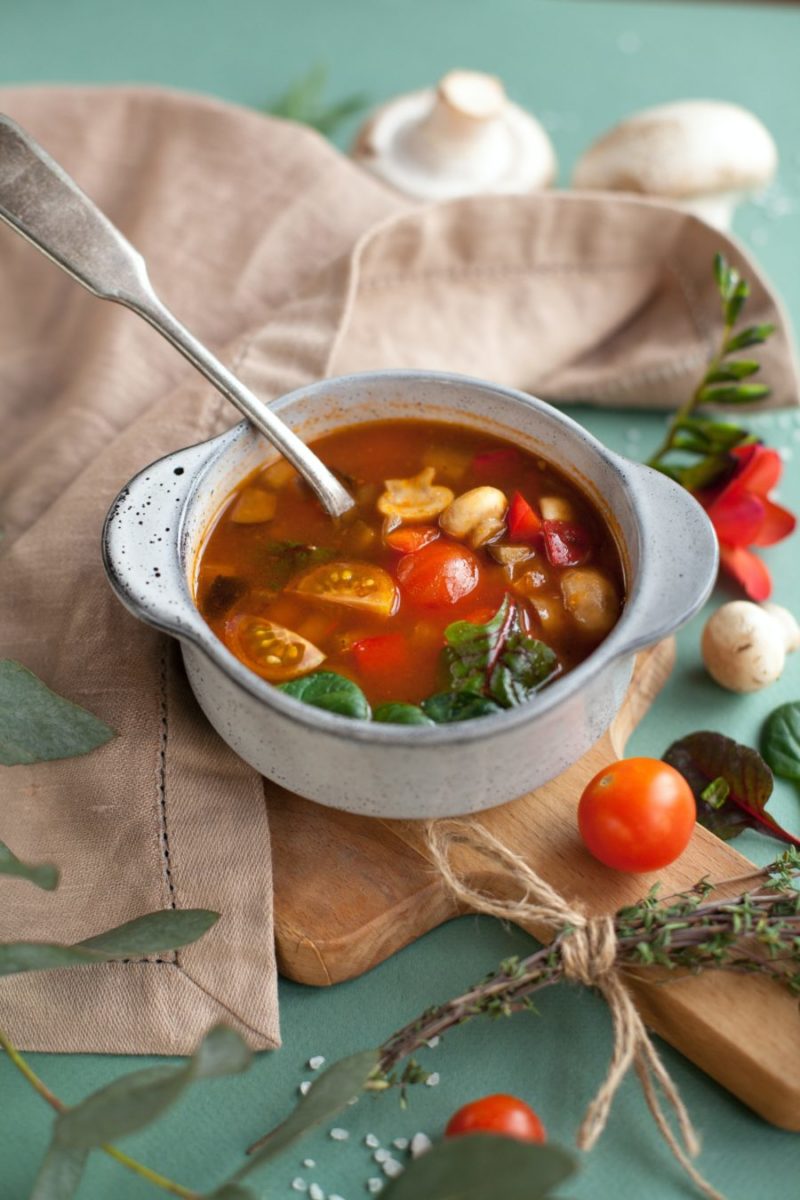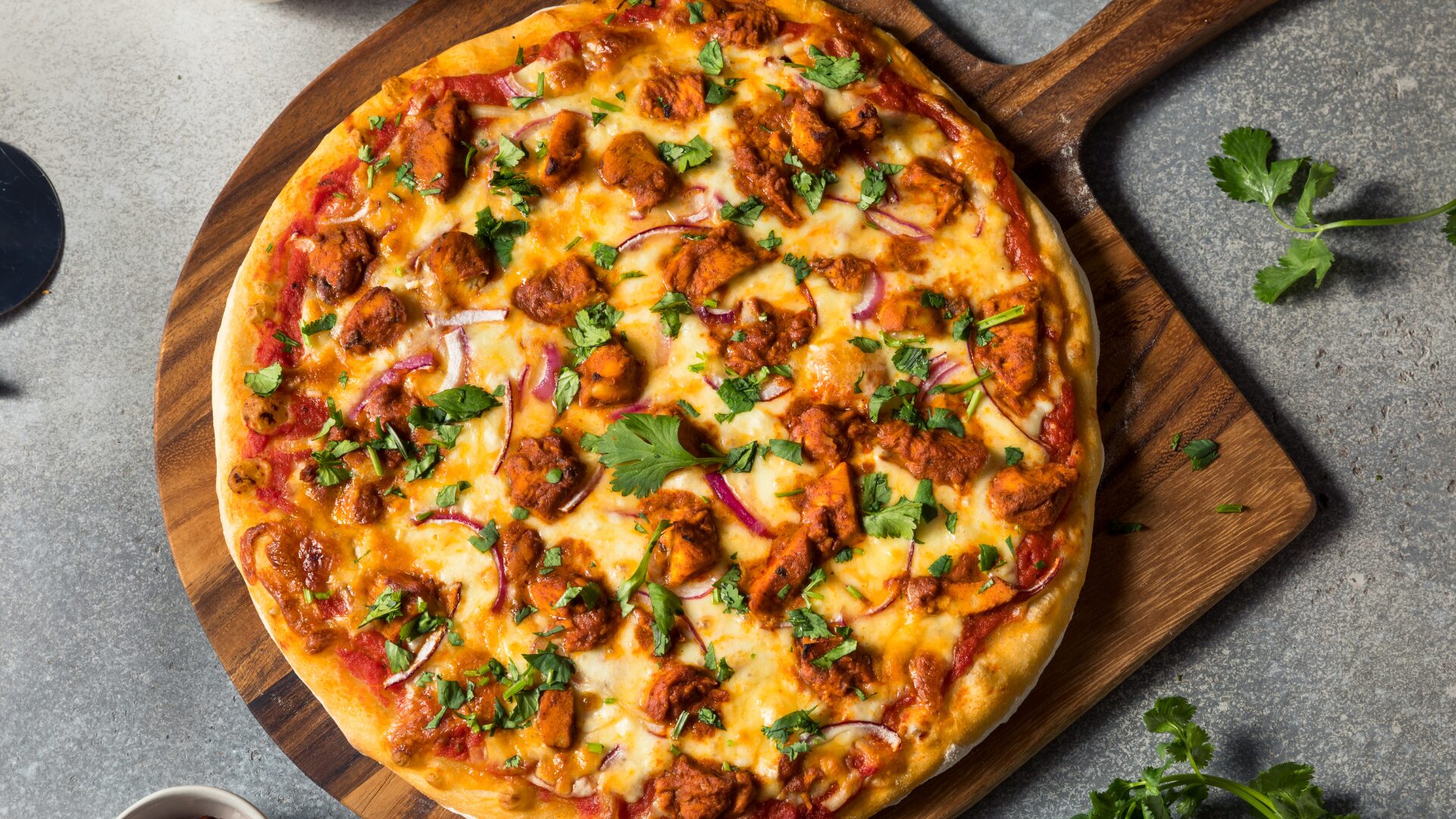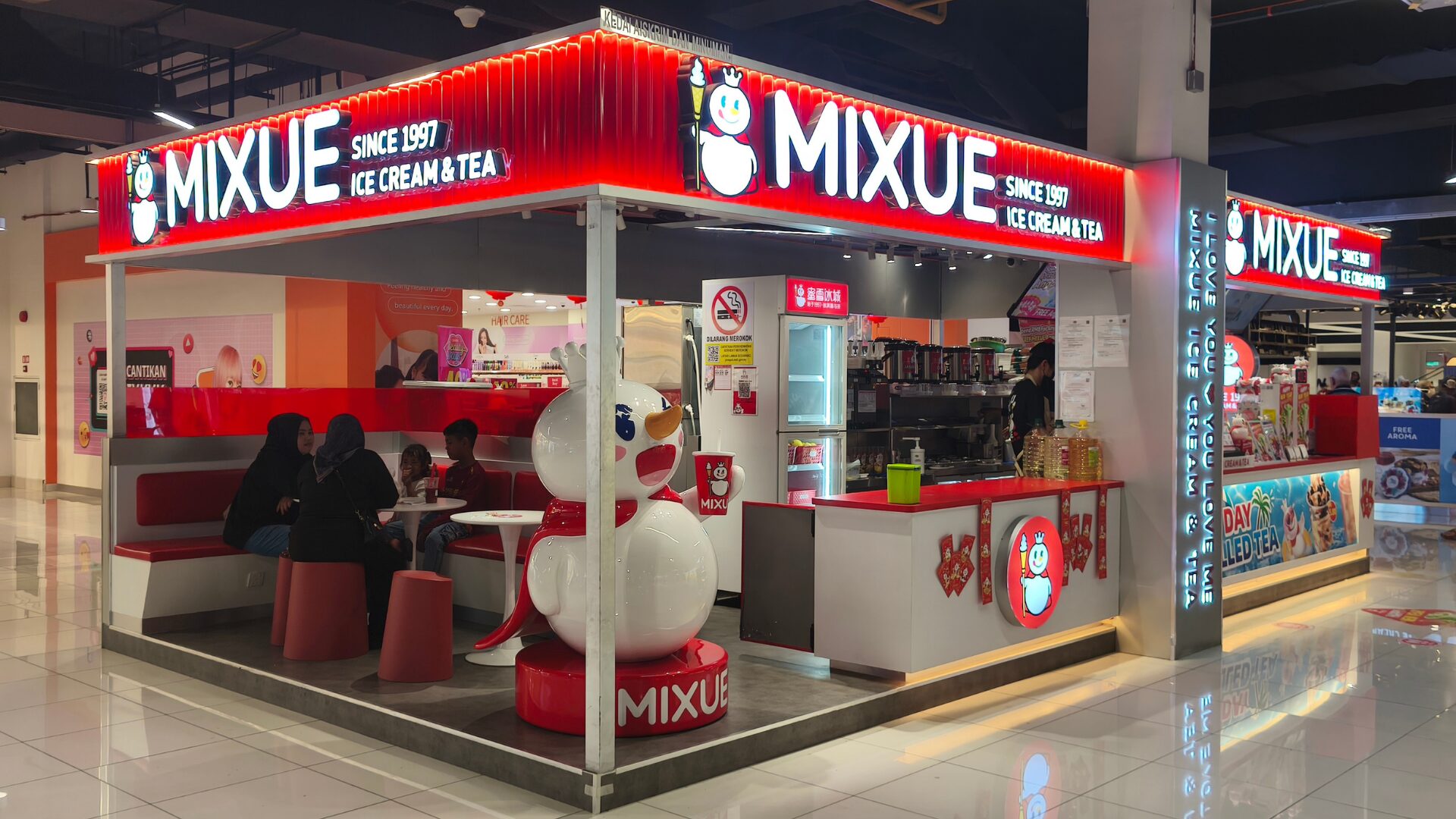The instant soup segment is at a crossroads of sorts.
The global soup market is projected to reach $21 billion by 2027, exhibiting a compound annual growth rate (CAGR) of 2.7% for the forecast period, with the instant category holding the largest share, at 36.78%. Key drivers include convenience, nutritional value, and pandemic-related pantry stocking, according to a report by Fortune Business Insights.
However, health concerns linked to the overuse of shelf-stabilizing additives and preservatives continue to overshadow future growth for the instant soup segment.
ROOM FOR INNOVATION
This intersection creates opportunities for independent producers who balance healthy ingredients and unique flavors with innovative freshness practices.
For instance, Nona Lim, creator of Asian soup kits made with fresh noodles and vegetables – not to mention a recent guest on a webinar hosted by The Food Institute – has observed a significant increase in the popularity of her offerings. The instant kits require minimal prep time and stay fresh in the refrigerator for up to three months without preservatives.
“In the last year, our products took off both in retail, and online especially,” said Lim. “We found so many more consumers wanting to cook Asian at home as they weren’t able to go to restaurants.”
BEYOND PRESERVATIVES
Lim, who launched her company in 2014, struggled during its infancy since her niche soups are fresh and cannot be found in the shelf-stable ethnic aisle.
“There were times when retail buyers would tell me that they love my products but weren’t sure they were the right category buyers for them,” Lim said.
While working with fresh ingredients brings a higher degree of difficulty, products like Lim’s are becoming well positioned to capture the popularity of instant soup.
“We’re able to achieve shelf-life of up to 6 months with techniques like hot-filling and rapid cooling, or pasteurization to get to that shelf-life without having to add additives or preservatives to our products,” Lim said.
A NEW AMERICAN TABLE
Healthy instant soup also has great potential to resonate with up-and-coming Gen Z consumers. Nearly half of the post-millennial generation (age 6-21) is racially and ethnically diverse, reported Forbes. (May 4). Furthermore, multicultural consumers are significantly more likely to pay more for natural and organic foods.
“The last few years definitely saw [this trend] coming to life, aided by the continued rise of social media, the success of the late Anthony Bourdain who introduced us to amazing food from across the globe, [and] the popularity of all the different food programs on Netflix,” Lim said.











